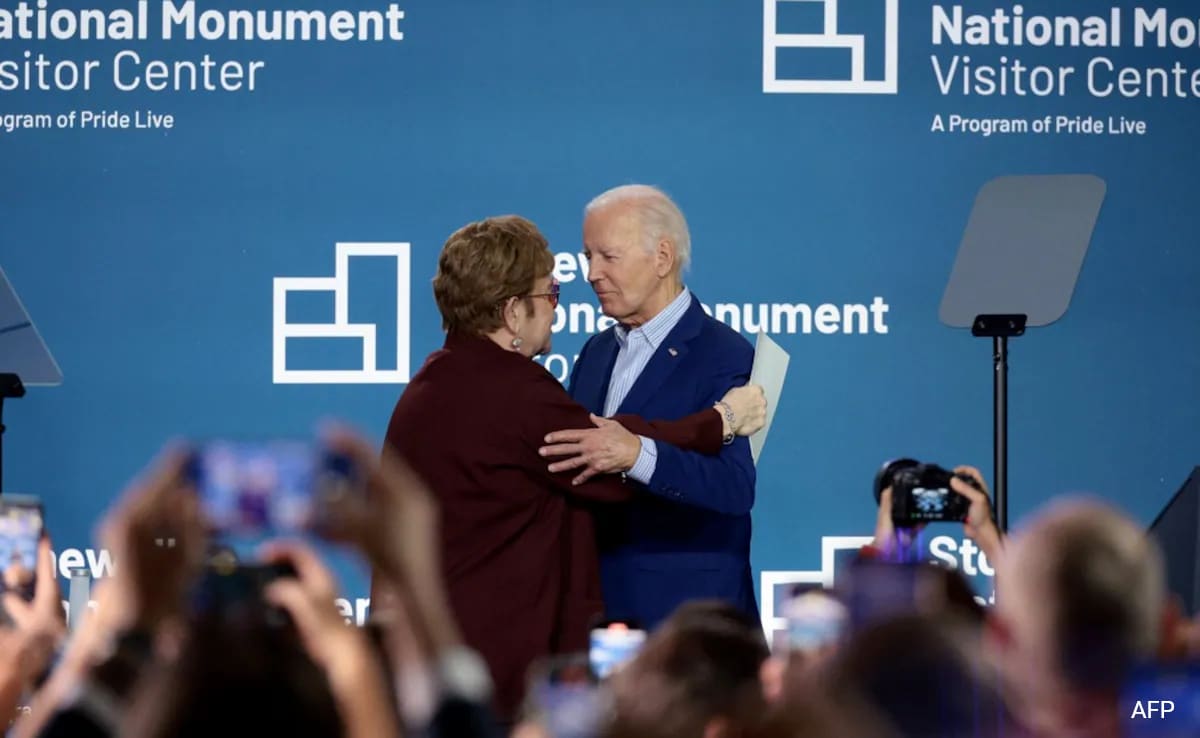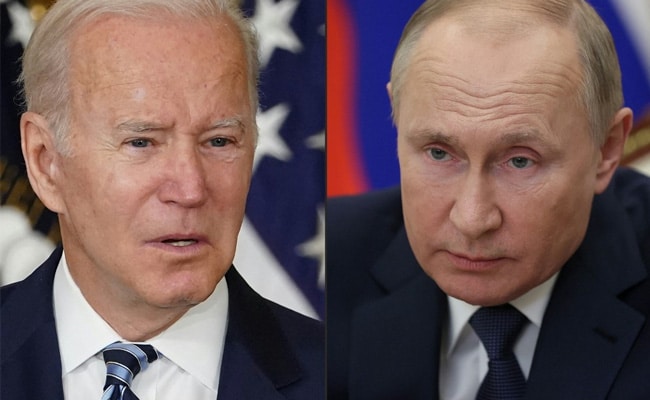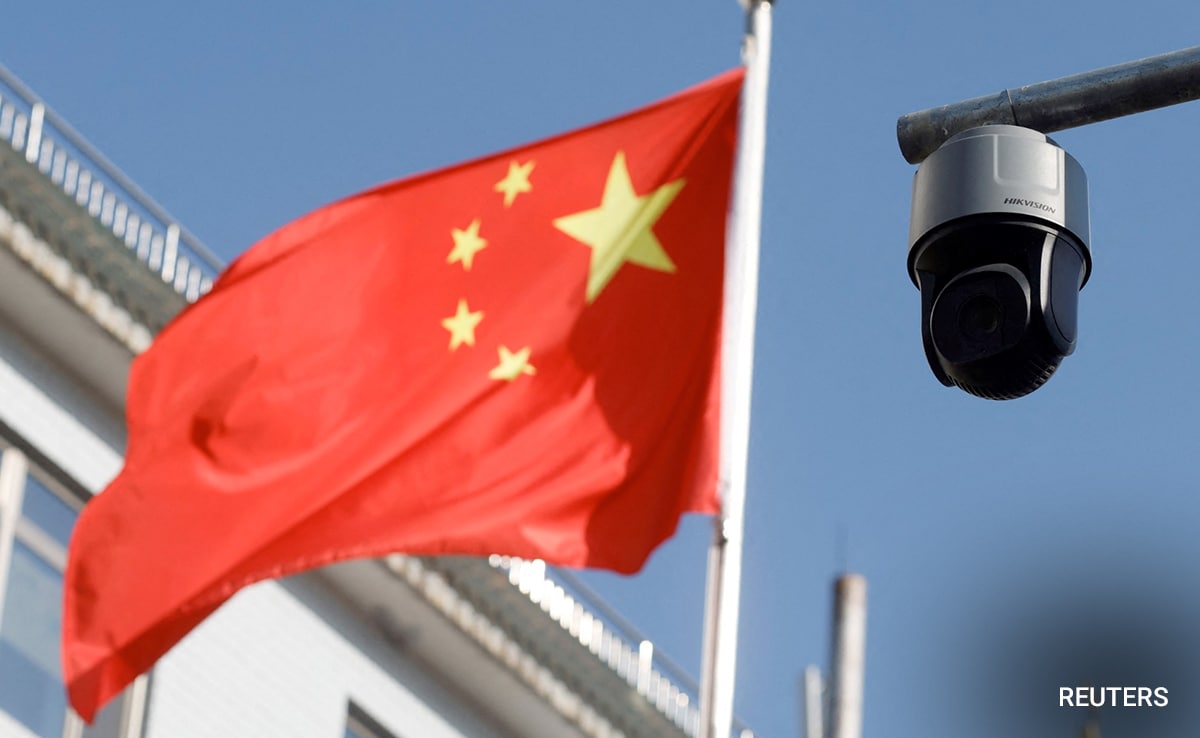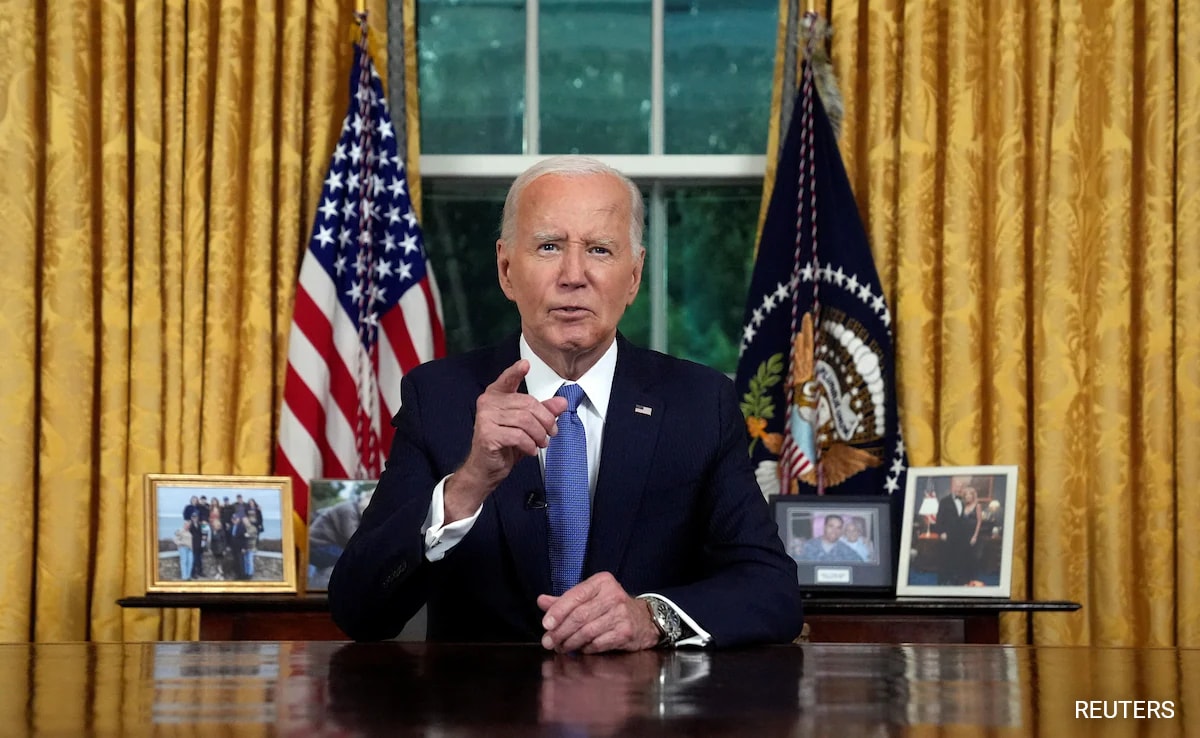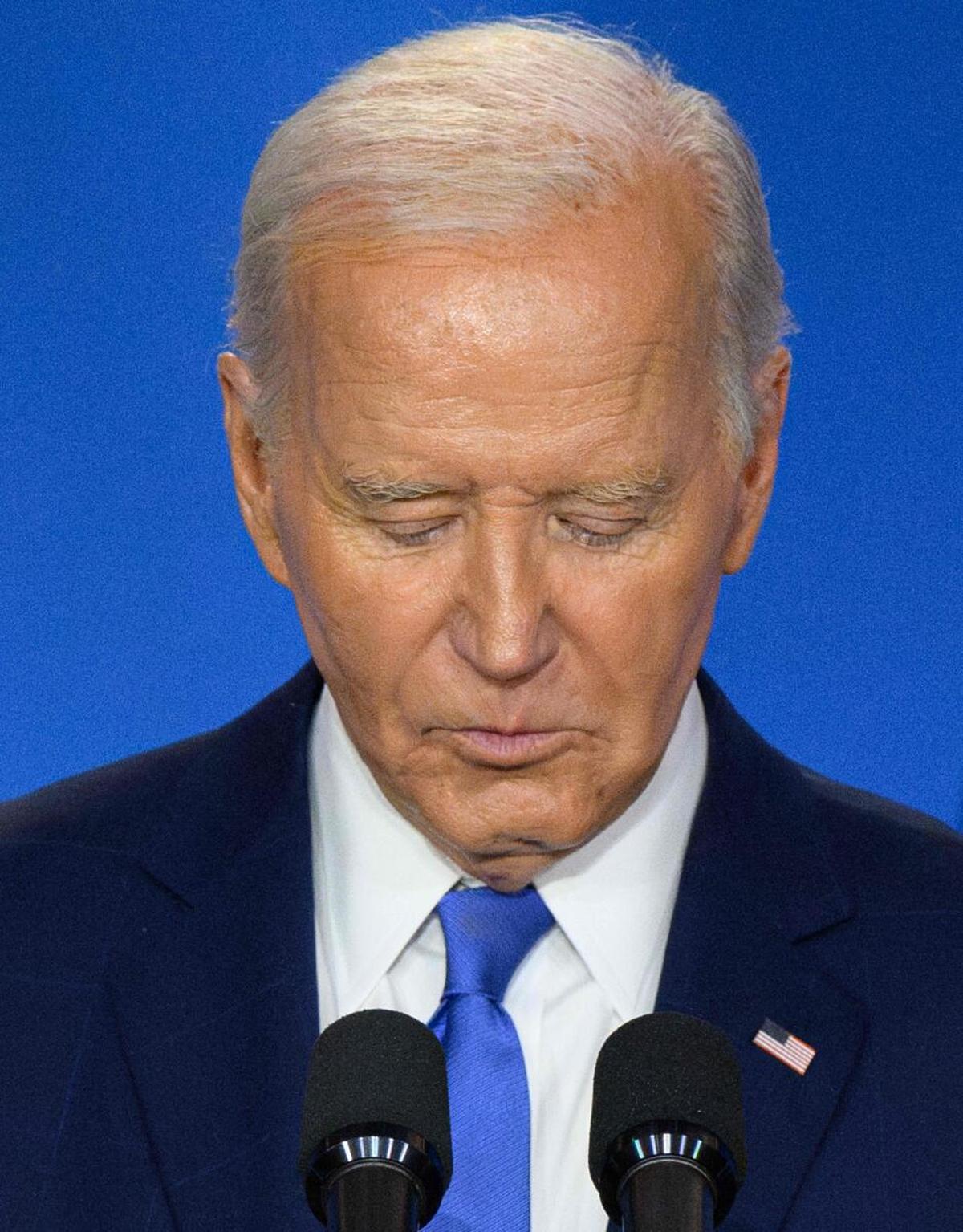“Despite not being able to conduct large-scale attacks in India, ISIL-K seeks to recruit lone actors through their India-based handlers and released a booklet in Urdu magnifying Hindu-Muslim antagonism and outlining its strategy as regards India,” U.N. reports said. File
| Photo Credit: Reuters
Terror group Islamic State in Iraq and the Levant — Khorasan (ISIL-K) seeks to recruit lone actors through their handlers based in India, despite not being able to conduct large-scale attacks in the country, a U.N. report has said.
The 34th report of the Analytical Support and Sanctions Monitoring Team about ISIL (Da’esh), al-Qaeda and associated individuals and entities, released in United Nations on July 30, said that member states registered ongoing concern that terrorism emanating from Afghanistan will be a driver of insecurity in the region and further afield in most scenarios.
“Despite not being able to conduct large-scale attacks in India, ISIL-K seeks to recruit lone actors through their India-based handlers and released a booklet in Urdu magnifying Hindu-Muslim antagonism and outlining its strategy as regards India,” the report said.
It also said that ISIL-K remains the most serious threat in the region, projecting terror beyond Afghanistan, while “al-Qaeda exercises strategic patience”, prioritising its relationship with the Taliban.
It further said there is increased support and collaboration between Tehrik-e-Taliban Pakistan (TTP), the Taliban and al-Qaeda in the Indian Subcontinent (AQIS), sharing manpower and training camps in Afghanistan and conducting more lethal attacks under the banner of Tehrik-e Jihad Pakistan (TJP).
“Therefore, TTP could transform into an umbrella organisation for other terrorist groups. In the medium term, a potential merger of TTP and AQIS could escalate the threat against Pakistan, and eventually India, Myanmar and Bangladesh,” it said.
It added that despite Taliban attempts to exercise control over al-Qaeda, greater collaboration among al-Qaeda affiliates and TTP could transform the latter into an “extra-regional threat”.
It said that in the short term, ISIL-K will preserve battle readiness, increase revenue generation, and enhance recruitment by attracting renegades from other terrorist groups and the Taliban.
ISIL-K also recruits disaffected individuals unknown to security and intelligence services, and in the midterm, will continue low-impact attacks, combined with sporadic high-impact operations against soft targets to boost its media propaganda, undermine economic and political interests, and humiliate the Taliban, the report said.

In the long term, the group will strive to drag Afghanistan into turmoil and gain and hold territorial control while expanding to northern regional countries and beyond.
Some member states estimate that ISIL-K has increased from 4,000 to 6,000 fighters despite the loss of territory and attrition among leadership, while others assess its strength as remaining at between 2,000 and 3,500 fighters, it said.
The ISIL-K strategy of embedding covertly in al-Qaeda-affiliated groups makes it difficult to estimate accurate figures and to which group fighters are loyal.
TTP has an estimated strength of between 6,000 and 6,500 fighters, accompanied by approximately 14,000 family members.
Asserting that member states continue to be highly concerned about the situation related to foreign terrorist fighters, the report said, “Several member states note an increase in travellers of Arab and Central Asian nationalities to Afghanistan and some Indian nationals.”
The report noted there is heightened concern about the terrorist threat emanating regionally from Afghanistan from ISIL-K and TTP in particular. But member states are also concerned by new inward travel to Afghanistan of some al-Qaeda personnel and training, recruitment and reorganisation activities.
Further, it said that listed terrorist groups have increased the use of anonymity-enhanced cryptocurrencies. “Terrorist adoption of other technologies continues at pace, making near military-grade capabilities available to sanctioned terrorist groups,” it said, adding that this includes the exploitation of 3D printing and the development of unmanned aerial and maritime weapons and surveillance systems.
Exploitation of these technologies potentially enables evasion of restrictions imposed under the ISIL (Da’esh) and al-Qaeda sanctions regime.
“The widespread accessibility of technology has continued, putting near-military grade capabilities into the hands of sanctioned terrorist groups,” it said.


